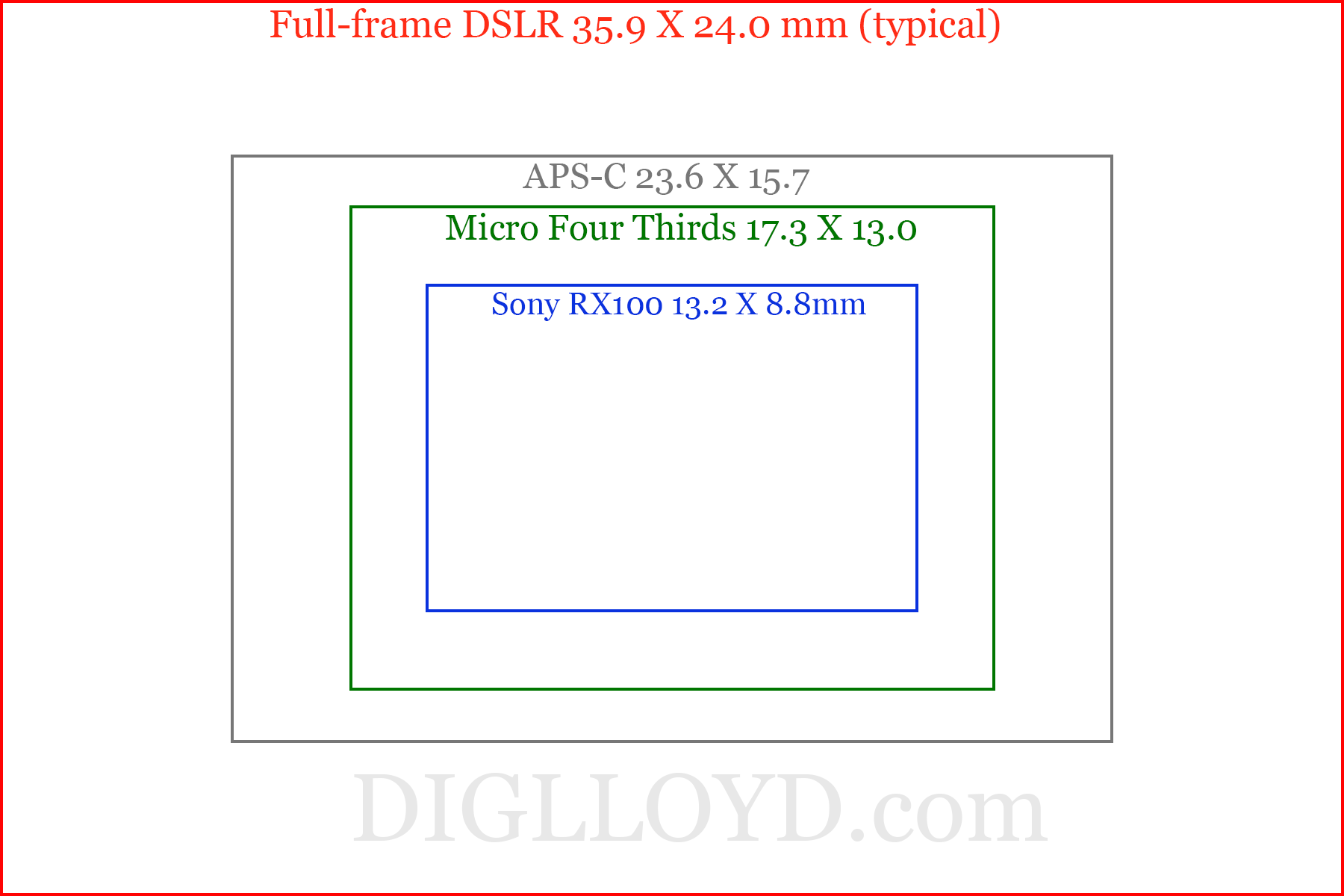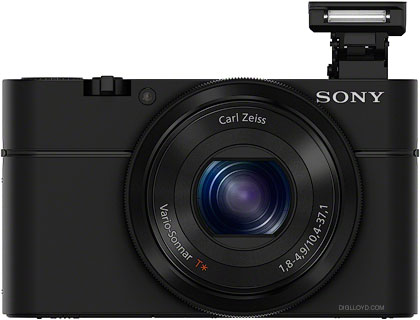EXCERPT page containing first few paragraphs. 2024-04-20 07:39:55
UA_SEARCH_BOT_compatible_botmozilla/5.0 applewebkit/537.36 (khtml, like gecko; compatible; claudebot/1.0; +claudebot@anthropic.com) @ 3.141.8.247
For full access, subscribe here. Or click title to login. ![]()
Sony RX100 Introduction
The Sony Cybershot DSC- RX100 produces 20-megapixel images (5472 X 3648) images from a 13.2 X 8.8 mm sensor. Unlike most compact cameras, this is a 3:2 aspect ratio, the same as a DSLR, and differing from Micro Four Thirds at 4:3.
Remarkably, the Sony RX100 form factor is that of a point and shoot camera, BUT with high image quality in spite of its high resolution on a modest sensor size.
RX 100 vs RX100 II
About a year after this review was written, the RX100 II appeared on the market (August 2013). The RX100 II offers connectivity options, a hot shoe and tiltable rear LCD and a sensor stated to offer lower noise, but is otherwise very similar.
The RX100 II weighs 27 grams more (as actually weighed, with battery) and is just slightly thicker and with a slightly higher profile due to the hot shoe. That extra 27 grams / 1 ounce is not much, but it does make the camera feel just noticeably heavier, perhaps minor but possibly a factor for those looking for minimum size/weight, e.g. for cycling.
Article continues for subscribers...
Diglloyd Guide to Mirrorless is by yearly subscription. Subscribe now for about 25 cents a day ($90/year).
BEST DEAL: get full access to ALL 8 PUBLICATIONS for only about 75 cents a day!
Diglloyd Guide to Mirrorless offers comprehensive integrated coverage of most APS-C and full frame mirrorless cameras and lenses.
Special emphasis is placed on Sony full-frame, including Sony lenses and the high performance Zeiss Batis and Zeiss Loxia lenses plus Rokinon/Samyang and others. Fujifilm X, Olympus and Panasonic M4/3, Sigma dp Merrill and dp/sd Quattro are also covered in depth. Years in the making, it offers a wealth of material for choosing and using a mirrorless camera.
- Make better images by learning how to get the best results right away. For example, the best way to set up your Sony camera.
- Save money by choosing the right lens for your needs the first time, particularly with the numerous lenses available for Sony.
- Make better images, a sort of “cheat sheet” saving yourself months or years of ad-hoc learning—best practices and how-to and processing parameters are discussed and shown.
- Jaw-dropping image quality found nowhere else utilizing Retina-grade images up to full camera resolution, plus large crops.
- Real world examples with insights found nowhere else. Make sharper images just by understanding lens behavior you won’t read about elsewhere.
- Aperture series from wide open through stopped down, showing the full range of lens performance and bokeh.
- Optical quality analysis of field curvature, focus shift, sharpness, flare, distortion, and performance in the field.
Want a preview? Click on any page below to see an excerpt as well as extensive blog coverage, for example on Sony.



